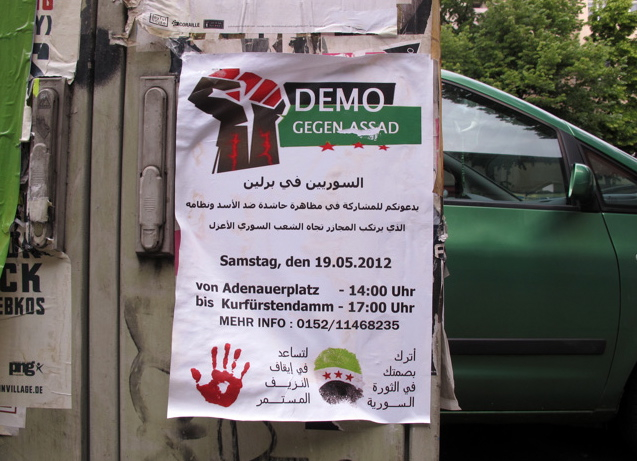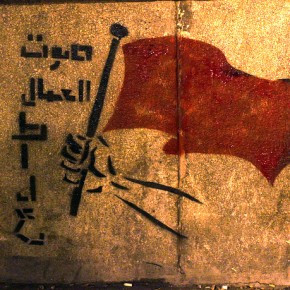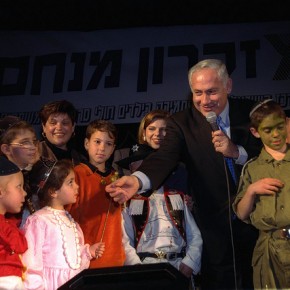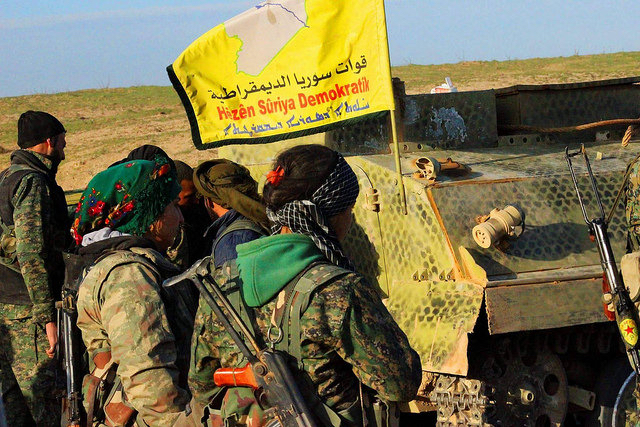The focus on Arab countries takes some getting used to. Especially if you’re accustomed to encountering anti-Israeli occupation flyers, not anti-Assad or Tahrir Square-themed demo adverts. Indeed, the introduction of Arab Spring-themed street art, and political postering, throughout Europe, has signified a cultural change. The subject of popular debate now includes Middle Eastern states other than just Israel, and its conflict with the Palestinians.
Some will view such transitions with suspicion. It’s an ideal storm, insofar as Israel is taken out of the spotlight, in favor of its equally unsavory, and, as some might argue, comparably undemocratic neighbors. It’s a misplaced anxiety, though, especially if you’re familiar with the Israeli establishment’s concerns about the instability that the Arab Spring has brought to its neighbors. It’s better to have Assad and Mubarak in charge, as the local status quo was more favorable during their rule.

Regional instability, however, is perfect fodder for community conversations. For one thing, it demonstrates a certain degree of diasporic self-confidence, insofar as immigrant communities find themselves comfortable discussing, and protesting events back home, abroad. Similarly, it shows outsiders to their community that the Middle East is a far bigger place than just Israel-Palestine. Everywhere else in the region matters too, even though the plight of the Palestinians remains a crucially important and unresolved issue.

Sometimes all it takes is a civil war to broaden the dialogue. Why it had to take so long to get there is its own question. Is it because of the vigorousness with which Syrian expats are conducting their discussion? Or is it just the bloodshed? It’s hard to tell. One thing is for sure. Since the onset of the Lebanese civil war, the world has had to bear witness to dramatic civil violence in the Middle East. Whether it be between Shia and Sunni Muslims, Druse and Christians, or Jews and Arabs, is immaterial. Four decades worth of relentless violence is guaranteed to loosen a few tongues.

Ultimately, it makes little sense to separate any of the Middle East’s religious groups, or countries, for that matter. At least in the manner that we’re used to dividing them, if only by reason of crisis. Another way of saying this is that you can’t think about one without the other. Hence the usefulness many of have found for the term “Arab Spring.” The Middle East, for all its charms, is an intensely conflict-ridden, dystopian space. The longer it remains so, the more complex and commonplace talking about all of its problems, throughout the rest of the world, will become.
Photographs courtesy of Joel Schalit





